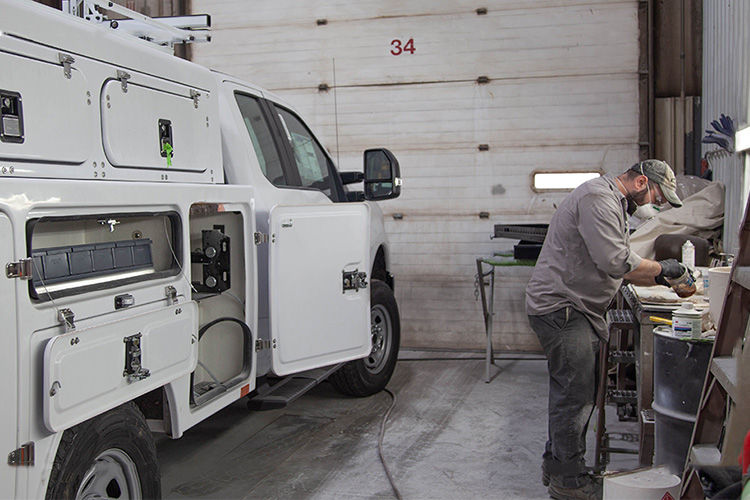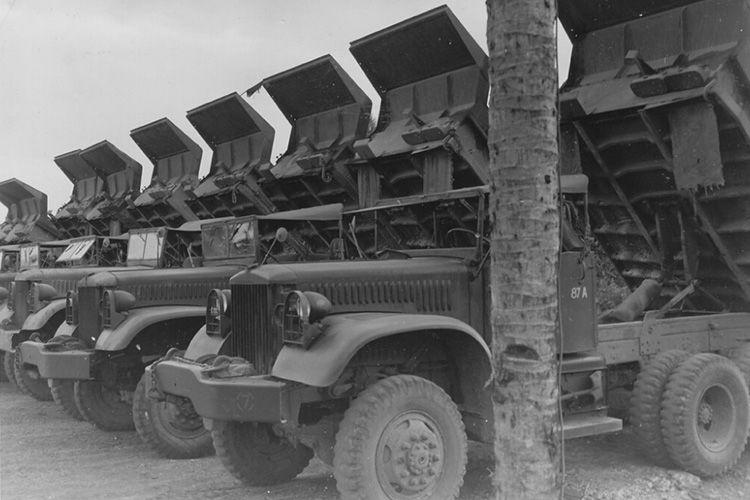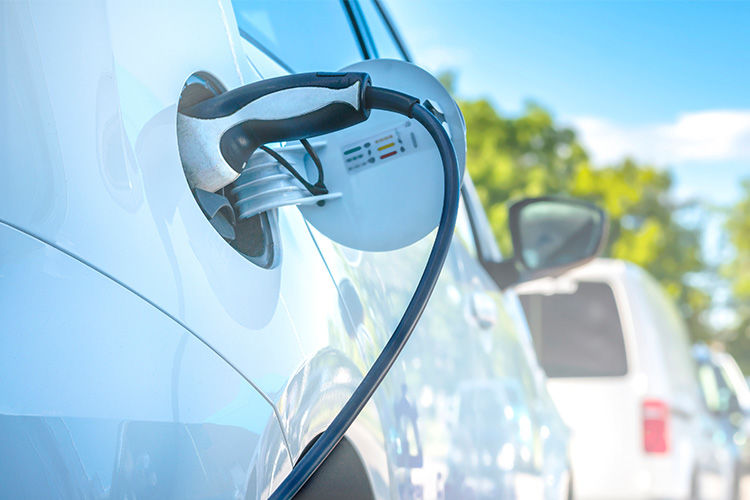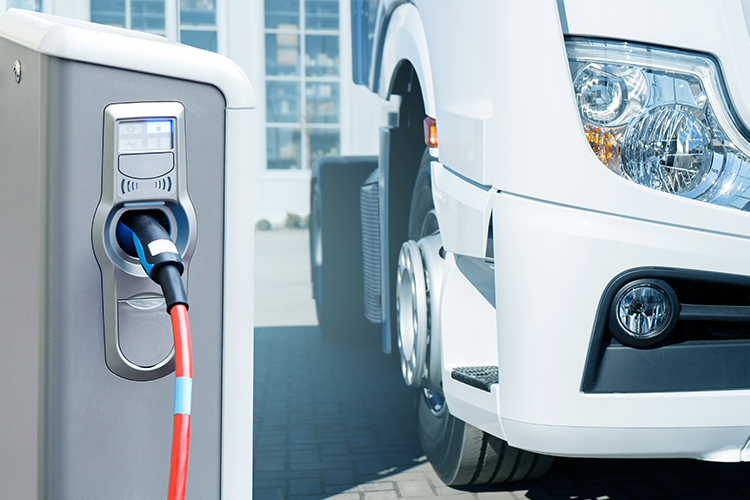The Most Important Aspects of your Next Restoration Vehicle


The Most Important Aspects of your Next Restoration Vehicle
Restoration work is tough. You’re forcing water and mold out of saturated basements, combing through torched homes and offices, and you’re dealing with situations most people wouldn’t touch with a 150-foot extractor hose. Regardless, you get your work done and always return your customer’s homes to pre-loss conditions, no matter the type or severity of the damage. You’re committed to excellence in all aspects of your job. Your vehicle should make your job easier.
To help you with the process of scoring the absolute best vehicles for your operation, we’ve outlined some key points to consider before visiting your local dealer. Without any further ado, let’s take a look at some essential tips for buying your next restoration vehicle.
1. Cargo Capacity
Restoration, whether mold, fire, flood, or storm, requires a lengthy list of equipment; pumps, air scrubbers, dehumidifiers, PPE, chem-sprayers, and extractors (both portable and truck-mounted) to name a few. It is of utmost importance that your next van or truck has the space to support your gear.
One option that meets these needs is the 2020 Ford Transit medium roof cargo van. The Ford Transit offers a variety of wheelbases making this van an excellent pick for any restoration operation upfit. With a cargo area ranging from 315.2 to 387.2 cubic feet, the Transit welcomes all kinds of gear as well as aftermarket shelving and drawer systems to keep your tools organized no matter your profession.
The medium roof Ford Transit is ideal for traversing low-clearance areas, it also provides crucial interior height increasing storage capacity. While Ford’s Transit cargo van is a great example of what a quality work van can look like, many other options are available.
2. Payload Capacity
Before purchasing the right vehicle for you, it’s important to consider the weight of the materials and equipment you’ll be hauling during your restoration jobs. Some portable extractors can add some serious weight to your vehicle and waste building materials or excess water can rapidly exceed your truck or van’s payload capacity.
T ransporting wastewater is of particular importance when considering your next vehicle. Despite its appearance, a single gallon of water weighs 8.345lbs. On its own, a single gallon seems measly. It’s just a few pounds, what could it hurt? And you’d be right, but when you’re toting around 50 gallons of gray water, you’ve dropped your remaining payload capacity by a hefty 400+lbs. Top that with the gear you’re hauling to your next job site and you can almost hear your suspension groan. To remove any concerns of overloading your van or truck, be sure to identify your payload requirements and procure a truck that far exceeds those requirements.
ransporting wastewater is of particular importance when considering your next vehicle. Despite its appearance, a single gallon of water weighs 8.345lbs. On its own, a single gallon seems measly. It’s just a few pounds, what could it hurt? And you’d be right, but when you’re toting around 50 gallons of gray water, you’ve dropped your remaining payload capacity by a hefty 400+lbs. Top that with the gear you’re hauling to your next job site and you can almost hear your suspension groan. To remove any concerns of overloading your van or truck, be sure to identify your payload requirements and procure a truck that far exceeds those requirements.
3. Security and your Restoration Truck
Window screens are an easy and cost-effective way to up your restoration van’s ante against smash-and-grab break-ins as they provide coverage to your windows without impacting visibility. Window screens are often crafted with sturdy 7-gauge wire fastened on the interior frames of both rear and side doorways.
To add even more security to your restoration truck, partitions are a great option. Partitions limit third-party cargo access by serving as a lockable barrier and doorway between cab and cargo areas. These barriers are frequently crafted with steel, aluminum, or thermoformed materials that are coupled with grated viewing sections for increased visibility. 
While restoration is often supported by cargo vans, pickup trucks also feature common use within the industry. When running your restoration operation out of a Ford F-Series, Chevy Silverado, RAM 1500, or any pickup for that matter, adding a secure truck cap, or canopy is a simple way to keep prying eyes out of your bed. Truck caps feature a series of security-tinted windows alongside several bed-mounted clamps to keep your cap in place and your cargo secure.
The last security measure on this list offers convenience in security alongside a sure-fire method to keep your gear secure. Most upfitters implement their van or truck bodies with a breadth of spacious compartments that secure with a series of three-contact locks tied into each compartment door. Though secure, locking these compartments individually takes time that is easily removed with a remote compartment locking system. These systems feature an additional key fob that locks all compartment doors at the push of a button.
"You’re committed to excellence in all aspects of your job. Your vehicle should make your job easier."
4. Shelving, Drawers and Vehicle Organization
Staying organized is key to staying sane in this industry. Organized cargo areas allow you to focus on returning homes and offices to pre-loss condition. A notion easily completed with a series of shelves with segmented drawers. Shelving racks and drawer systems allow you to keep your gear categorized, your cargo area clear, and your productivity maximized.
Consider Kargo Master’s line of savvy, vehicle-specific line of shelving units. These packages feature easy installation and coverage across popular commercial vehicle brands and wheelbases. They’re customizable and include shelving units on either side of your van’s cargo area.
Though incredibly useful, we know that it can take time to research these shelving and drawer systems. That means less time working, more time on the computer and more time on the phone. If you’re looking for rapid consultation and installation, Knapheide and Reading utility bodies offer comparable customization in a work-ready package. Both operations upfit vans and trucks with their astute utility bodies and offer your operation instant organization options.
Accessibility from Job Start to Day’s End
Whether you’re established restoration professionals or motivated self-starters, you need to consider the ease of cargo access your next van or truck will provide. This includes considering the locations you operate in, the number of floors in your customer’s buildings, as well as the traffic conditions present in your daily work. At first glance, these aspects of your  work seem to impact the equipment you carry more than the trucks themselves. On the other hand, your work truck is the ever-important access point to gear and that access must be as streamlined as possible.
work seem to impact the equipment you carry more than the trucks themselves. On the other hand, your work truck is the ever-important access point to gear and that access must be as streamlined as possible.
Consider water damage restoration on high-rise apartments. You wouldn’t necessarily install a direct-drive, truck-mounted extractor as the hoses would never reach beyond the third floor. In addition, spec’ing out a low load-height vehicle is crucial as it reduces the likelihood of injury at day’s end.
If you’re not working in high-rise apartments, you may not have to worry about the utility of a truck-mount. That said, honing in on vehicles with side doors on both sides can lessen the prep time for your jobs. This configuration eliminates thoughts of how to appropriately park your truck as equipment can be accessed from all angles. This leaves more time to work and far less thumb-twiddling analysis paralysis. Whatever your specific restoration specialty is, be sure to consider what aspects of a vehicle will make your daily job flow more efficient and less stressful.
 Truck Storage: Toolboxes, Equipment Storage, Shelving and More
Truck Storage: Toolboxes, Equipment Storage, Shelving and More Unique History of the Modern Dump Truck
Unique History of the Modern Dump Truck Work Truck Solutions Commercial Vehicle Business Summit: Alternative Fuels, EVs and When to Pass the Baton to the New Generation of Commercial Vehicles.
Work Truck Solutions Commercial Vehicle Business Summit: Alternative Fuels, EVs and When to Pass the Baton to the New Generation of Commercial Vehicles. 3 Upfitting Trends That Focus on Long Term Success
3 Upfitting Trends That Focus on Long Term Success Truck and Van EV Companies to Watch for in 2022
Truck and Van EV Companies to Watch for in 2022






